WWII 1944 Operation Market Garden 82nd Airborne Division Waco CG-4 Glider Metal Frame Fragment - Recovered near Nijmegen*

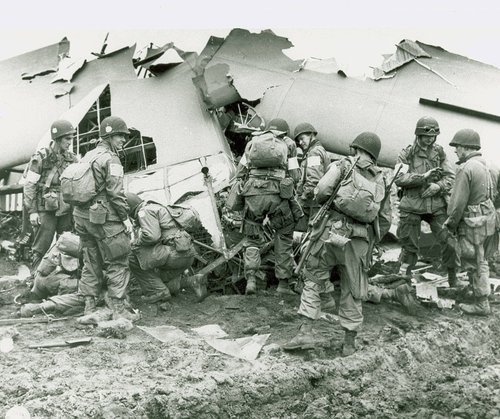
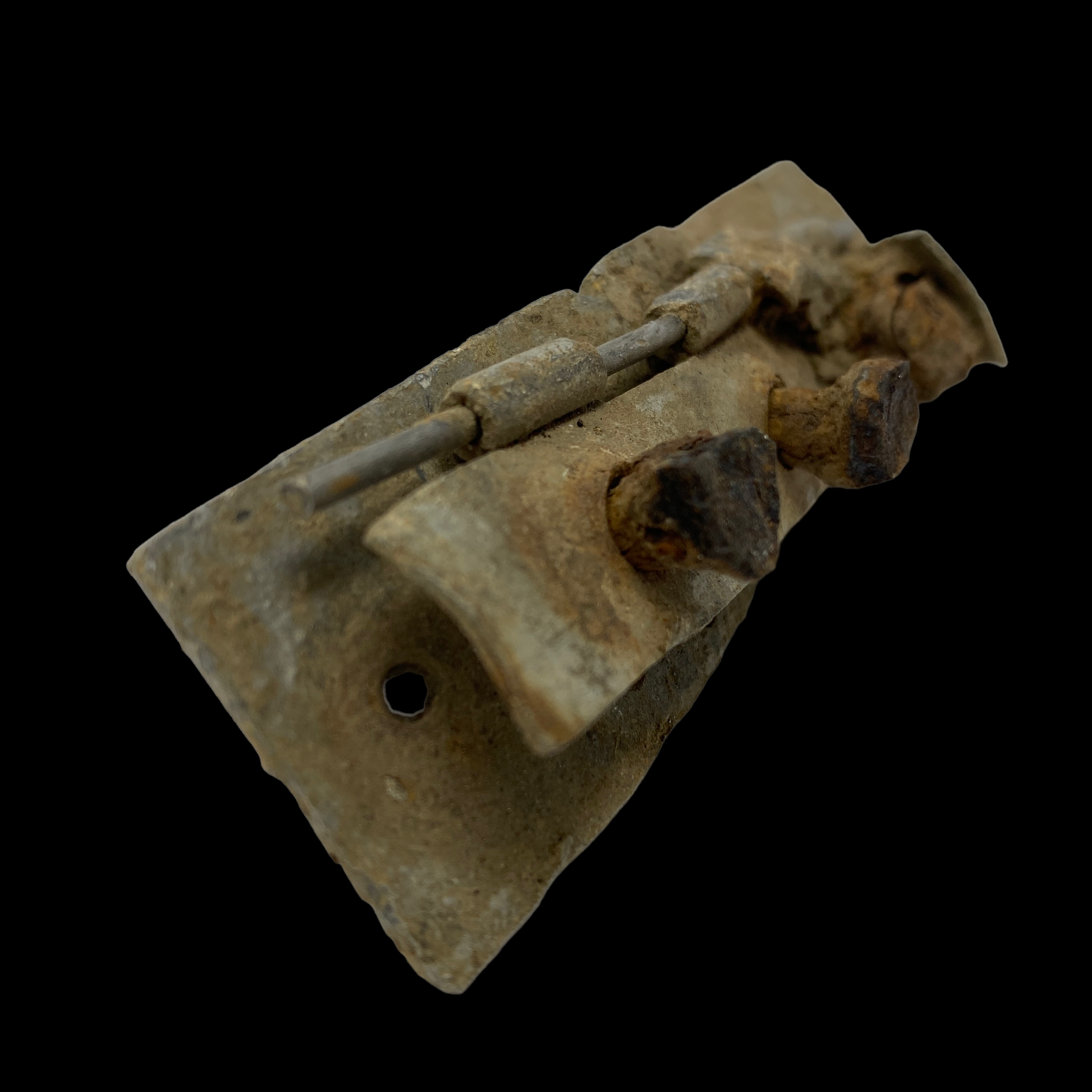

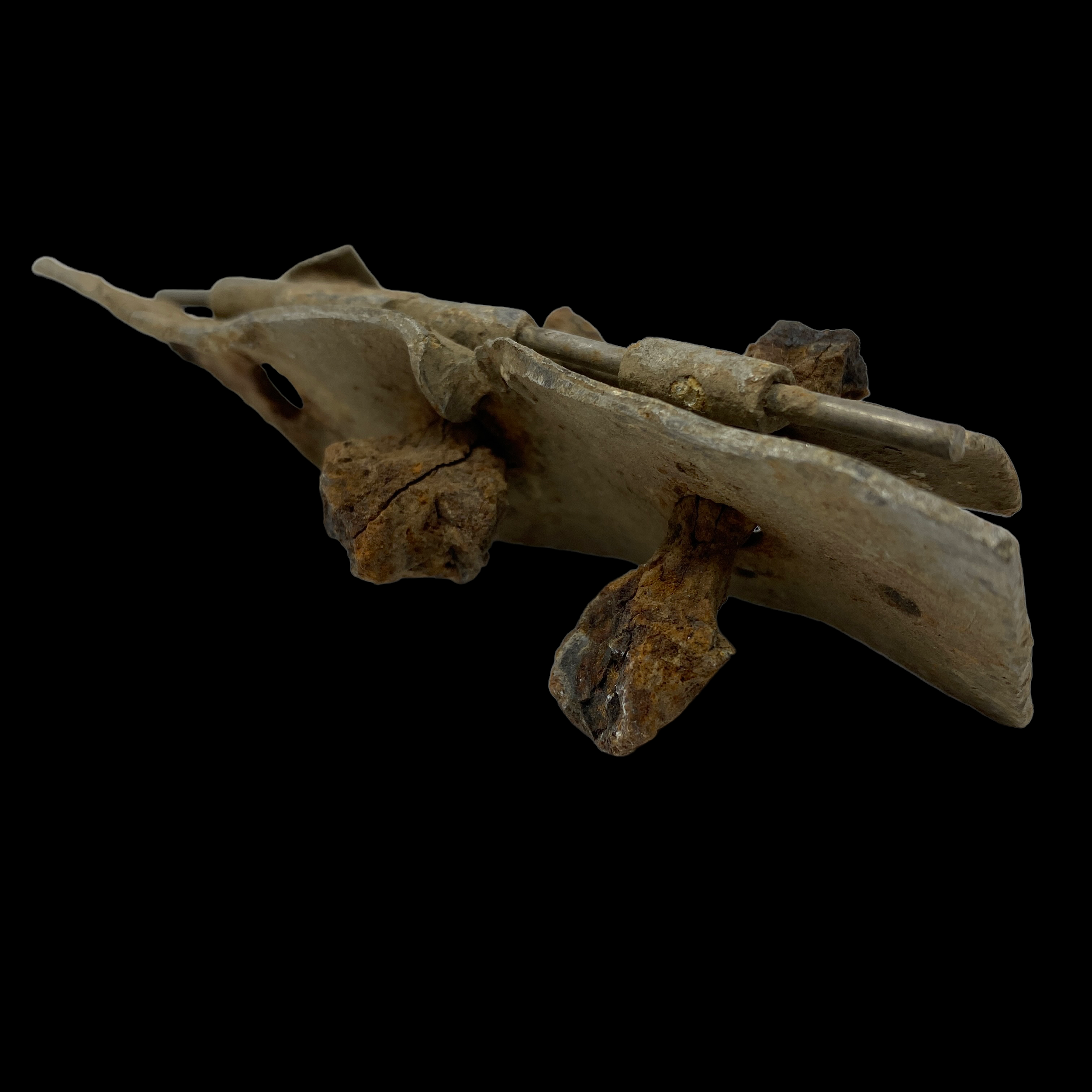
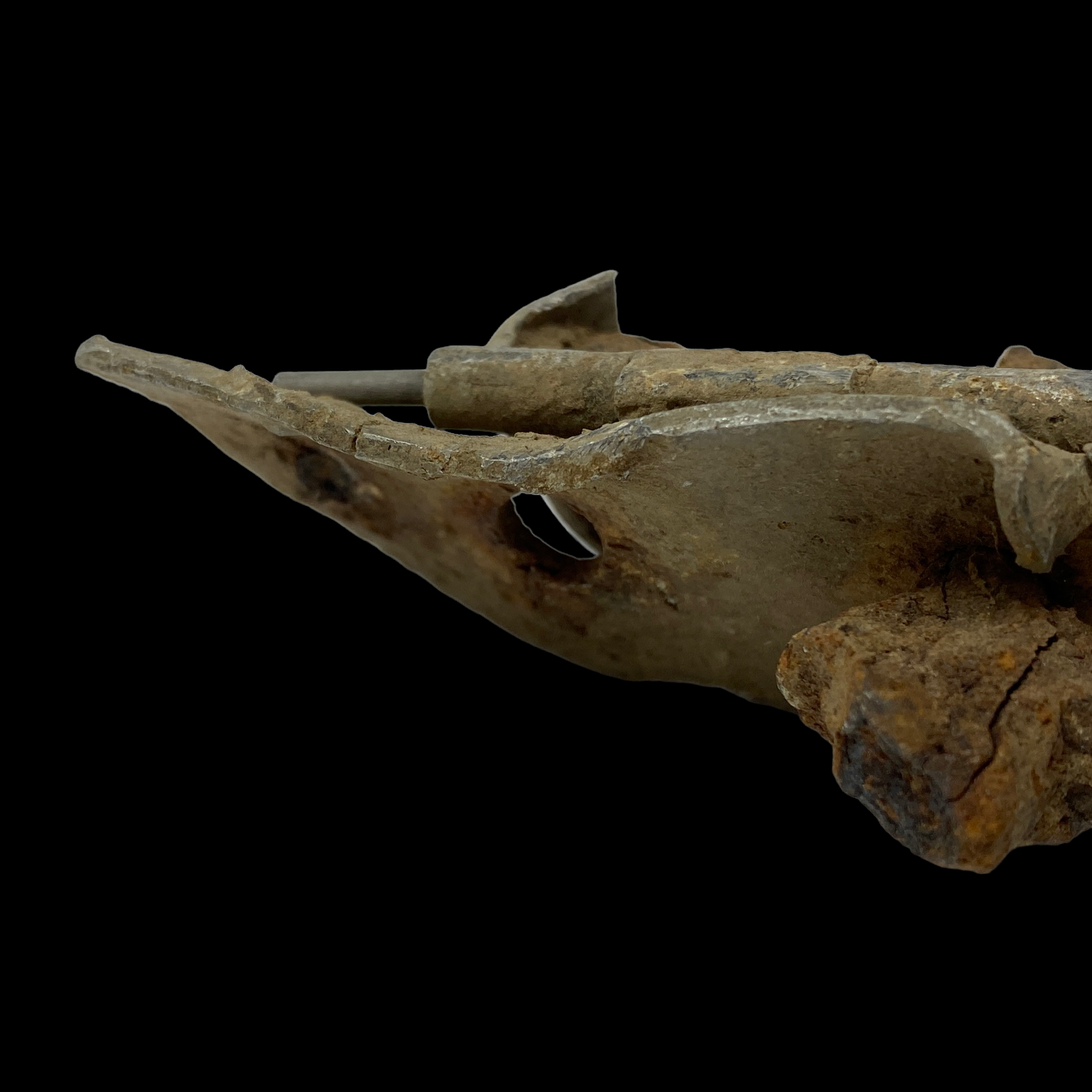

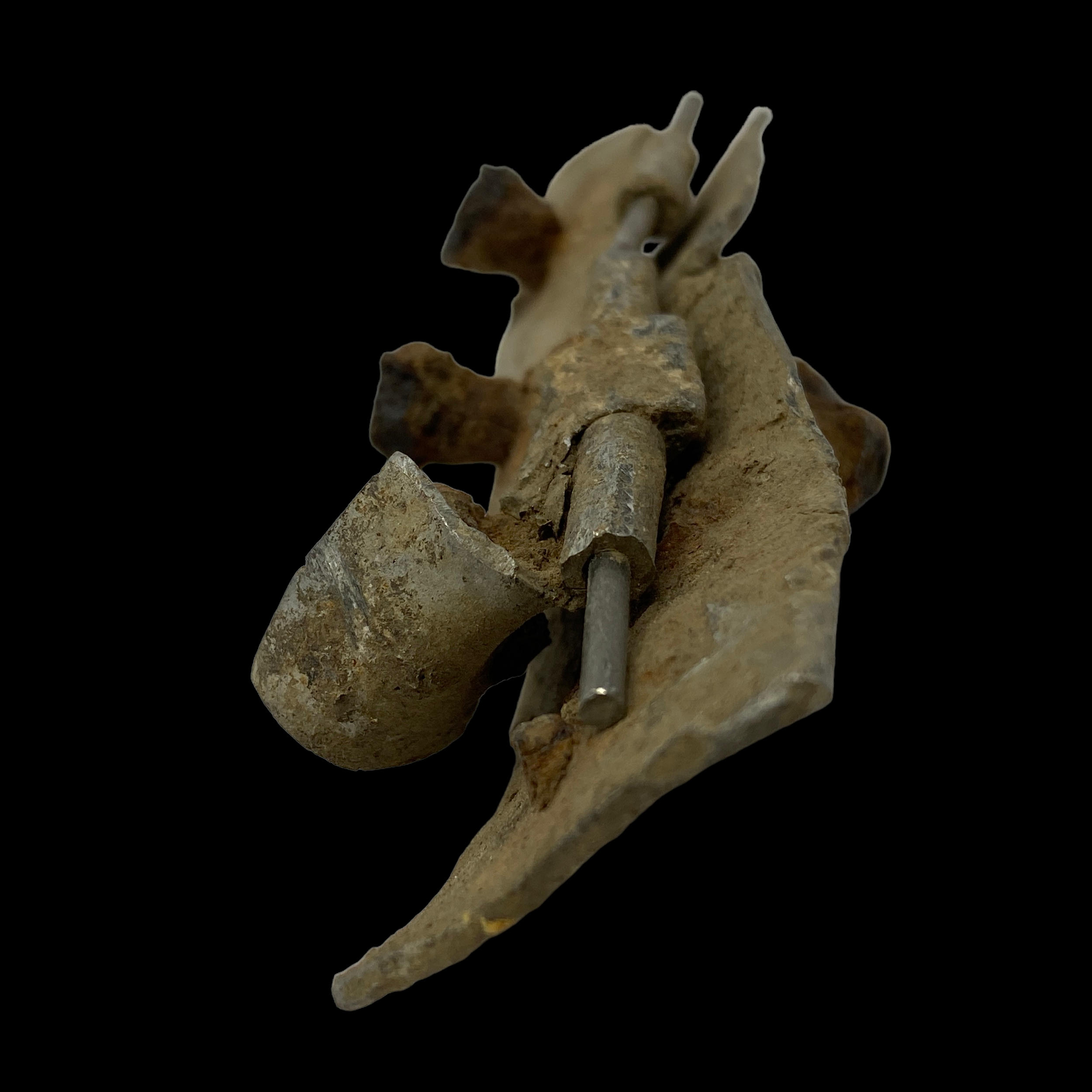

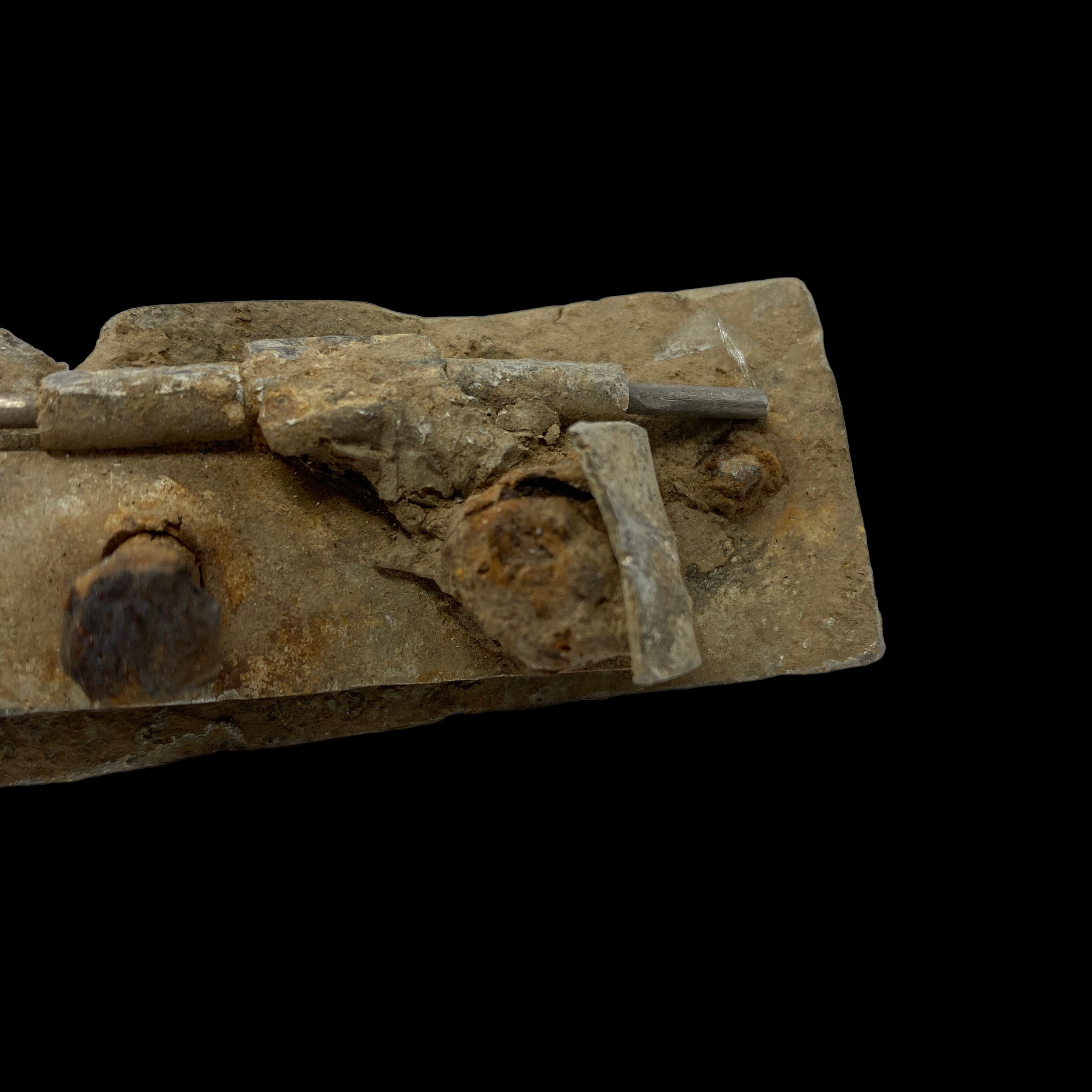
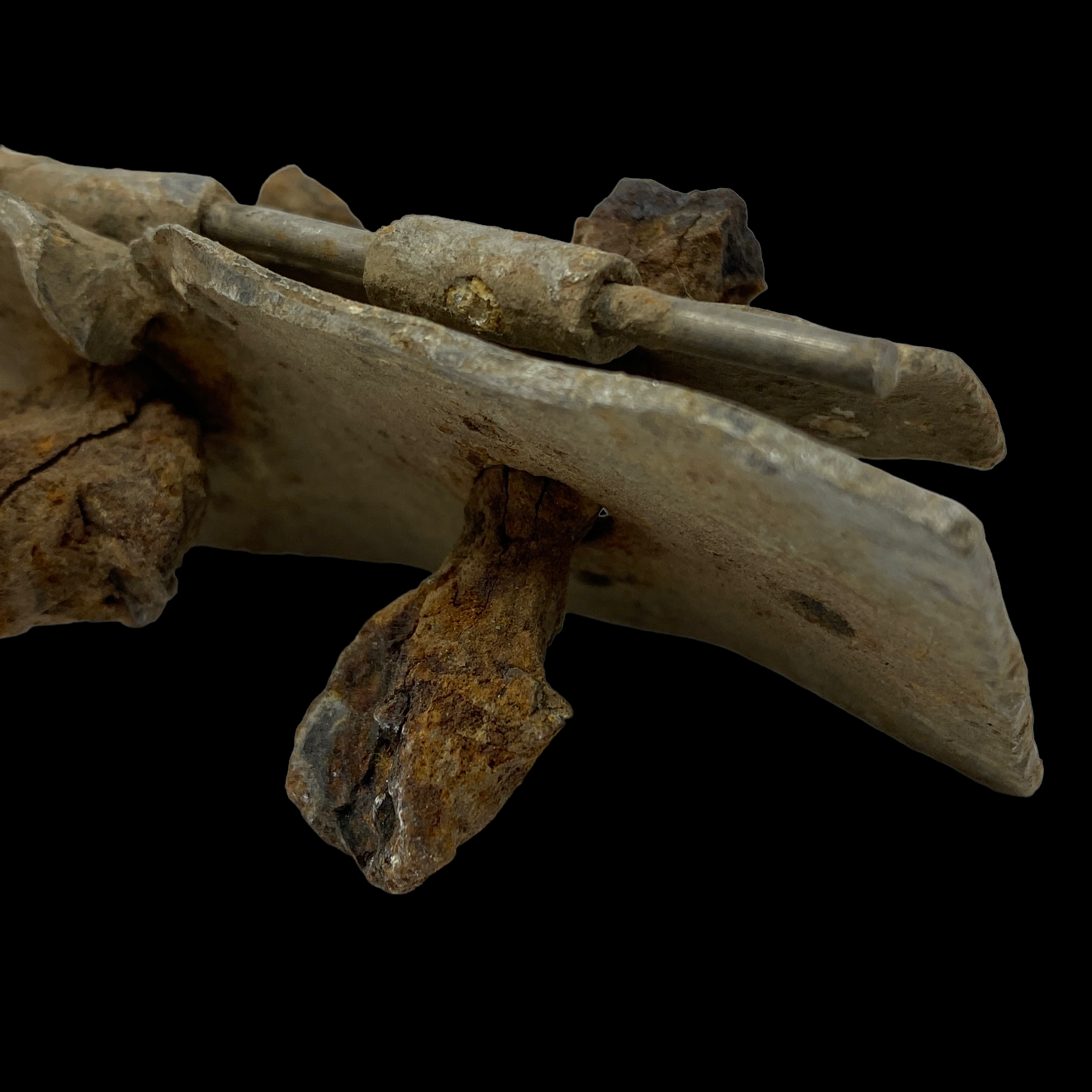


WWII 1944 Operation Market Garden 82nd Airborne Division Waco CG-4 Glider Metal Frame Fragment - Recovered near Nijmegen*
Comes with hand-signed C.O.A.
For sale is a museum-grade artifact of WWII Operation Market Garden history - a piece of Waco CG-4 Glider metal glider fragment, recovered from the designated landing zones where the 82nd Airborne Division landed in Nijmegen.
This rare and unique piece of military memorabilia was found among the remains of a Waco CG-4 glider that was used to transport American paratroopers during Operation Market Garden. The glider was part of a massive Allied effort to capture key bridges and establish a foothold in the Netherlands, in an attempt to outflank the German defenses and pave the way for an invasion of Germany.
The 82nd Airborne Division played a crucial role in Operation Market Garden, and was among the first Allied units to land in Nijmegen. The division's paratroopers were carried into battle by Waco CG-4 gliders, which were towed behind aircraft and released near the landing zone. The gliders were then flown by the paratroopers themselves, and were equipped with a canvas fabric covering to protect the troops and equipment inside.
This piece of a CG-4 metal glider fragment is a significant reminder of the bravery and sacrifice of the American paratroopers who fought in Operation Market Garden. It is a one-of-a-kind piece of military history, and would make a valuable addition to any collection of WWII memorabilia. Don't miss your chance to own a piece of history - bid now!
82nd Airborne Division & Operation Market Garden:
The 82nd Airborne Division played a crucial role in the Allied invasion of Europe during WWII, and was among the first American units to see action on the continent. One of the division's most significant actions took place during Operation Market Garden, when it was tasked with capturing key bridges and establishing a foothold in the Netherlands.
Operation Market Garden was a bold and ambitious plan, conceived by British Field Marshal Bernard Montgomery and supported by American General Dwight D. Eisenhower. The plan called for a massive airborne assault on the Netherlands, with the goal of capturing key bridges and creating a corridor for Allied forces to advance into Germany.
The 82nd Airborne Division was assigned to land near the city of Nijmegen, where it would be responsible for capturing two key bridges over the Maas and Waal rivers. The division's paratroopers were transported to the landing zone by Waco CG-4 gliders, which were towed behind aircraft and released near the bridges. The gliders were then flown by the paratroopers themselves, and were equipped with a canvas fabric covering to protect the troops and equipment inside.
The 82nd Airborne Division landed near Nijmegen on September 17, 1944, and immediately began to face intense resistance from German forces. The paratroopers had to fight their way through heavily fortified positions, and faced heavy casualties as they advanced on the bridges. Despite the challenges, the division was able to capture the bridges and establish a foothold in the area.
The capture of the bridges was a crucial victory for the Allies, as it allowed them to establish a corridor through the Netherlands and begin their advance into Germany. However, the victory came at a high cost for the 82nd Airborne Division, which suffered heavy losses during the operation.
Despite the challenges and sacrifices, the 82nd Airborne Division proved to be a highly effective and versatile fighting force. Its paratroopers were known for their bravery and determination, and played a critical role in the Allied victory in Europe. The division's actions during Operation Market Garden were a testament to the courage and sacrifice of its soldiers, and helped pave the way for the eventual liberation of Europe from Nazi control.
Hour by Hour Landing of 82nd Airborne Division:
6:00am: The first wave of American gliders departs from England, bound for the landing zone near Nijmegen. The wave includes twenty gliders, carrying the 504th Parachute Infantry Regiment of the 82nd Airborne Division.
7:00am: The first wave of American gliders arrives at the landing zone, and begins to encounter heavy resistance from German defenses. Despite the intense fire, the paratroopers are able to make their way onto the ground and begin advancing on the bridges.
8:00am: The second wave of American gliders departs from England, bound for the landing zone near Nijmegen. The wave includes thirty gliders, carrying the 505th Parachute Infantry Regiment of the 82nd Airborne Division.
9:00am: The second wave of American gliders arrives at the landing zone, and begins to unload their cargo. The paratroopers of the 504th and 505th Regiments continue to advance on the bridges, facing heavy resistance from German forces.
10:00am: The third wave of American gliders departs from England, bound for the landing zone near Nijmegen. The wave includes forty gliders, carrying the 508th Parachute Infantry Regiment of the 82nd Airborne Division.
11:00am: The third wave of American gliders arrives at the landing zone, and begins to unload their cargo. The paratroopers of the 504th, 505th, and 508th Regiments continue to advance on the bridges, facing heavy resistance from German forces.
12:00pm: The fourth wave of American gliders departs from England, bound for the landing zone near Nijmegen. The wave includes fifty gliders, carrying additional troops and equipment for the 82nd Airborne Division.
1:00pm: The fourth wave of American gliders arrives at the landing zone, and begins to unload their cargo. The paratroopers of the 504th, 505th, and 508th Regiments continue to advance on the bridges, facing heavy resistance from German forces.
2:00pm: The fifth wave of American gliders departs from England, bound for the landing zone near Nijmegen. The wave includes sixty gliders, carrying additional troops and equipment for the 82nd Airborne Division.
3:00pm: The fifth wave of American gliders arrives at the landing zone, and begins to unload their cargo. The paratroopers of the 504th, 505th, and 508th Regiments continue to advance on the bridges, facing heavy resistance from German forces.
4:00pm: The sixth wave of American gliders departs from England, bound for the landing zone near Nijmegen. The wave includes seventy gliders, carrying additional troops and equipment for the 82nd Airborne Division.